Traditionally, CES 2020 has demonstrated the main modern trends in improving TVs. Of course, the demonstration of 8K models from the leaders of this segment became one of the main events of this year. In addition, companies have demonstrated a huge number of innovative solutions in terms of design, color rendering, new features, audio playback, etc. For example, Samsung showed a very unconventional 43-inch 4K Sero Vertical TV, perfectly adapted for content from a smartphone.
The screen of this TV easily rotates 90 degrees.
TCL announced the innovative Vidrian Mini LED on glass technology, which was the next generation of Mini-LEDs backlight.
In the case of its implementation, the color accuracy of LCD TVs can almost come close to the level of OLED technology.
8K resolution
But increasing the resolution remains one of the main directions of improving the image quality.
As known, this aspect causes quite heated discussions among experts. First, many recall the relatively recent history of 3D technology. At the first stage, it won a huge number of fans among consumers and many experts quite reasonably predicted excellent prospects. Of course, the manufacturers adequately responded to demand, significantly improving and cheapening this technology in its models. Unfortunately, the high cost of producing 3D content has become an insurmountable obstacle to its further development. As a result, almost all companies abandoned 3D support in their TVs.
Therefore, today experts quite reasonably express doubts regarding the prospects for the production of native 8K content. As known, today it’s practically absent.
Therefore, just in case, companies are actively improving 8K AI upscaling technology.
At a minimum, 8K TVs will provide better quality playback of lower resolution content.
Secondly, many experts doubt the advisability of increasing the resolution in terms of the physiological characteristics of our vision. Indeed, visual acuity has a maximum limit.
Accordingly, at some stage, a further increase in resolution becomes meaningless. But the results of some recent studies open up new prospects for this trend.
Resolution vs PPI
As known, screen resolution is defined as the number of pixels per unit area. For these reasons, ppi (pixels per inch) most correctly characterizes the screen.
Today many smartphone manufacturers often indicate this value in specs as one of the main parameters of the screen. Basically, its value affects the image detail. Unfortunately, TVs manufacturers initially replaced it with the marketing concept of “screen resolution”. Today, companies use the terms HD Ready (720p), Full HD (1080p), 4K Ultra HD (2160p), or 8K Ultra HD (4320p). Accordingly, these abbreviations correspond to 1366 x 768 or 1280 x 720, 1920 x 1080, 3840 x 2160, or 7680 x 4320 pixels.
Maybe companies were trying to replace the not very clear “ppi” with simpler names. Indeed, today HD, UHD, 4K or 8K are more understandable for most consumers. In addition, it’s very convenient from a marketing point of view, providing companies with additional opportunities for maneuver due to uncertainty.
Obviously, the image clarity on the screen, in addition to the number of pixels, directly depends on the size of the screen and pixels. Therefore, the visualization of the difference between UHD and 4K resolutions begins to appear on screens from 55 inches and above.
Of course, companies are well aware that image quality does not depend on ambitious abbreviations, but on real ppi. Therefore, they increase the actual number of pixels (resolution) while increasing the diagonal of their models. But manufacturers can rarely resist the marketing temptation to write 4K Ultra HD on the box, instead of the more informative ppi.
Pixels Per Inch
The pixel density is calculated using a fairly simple formula:
PPI = [√ (a² + b²)] / d, where a and b – the number of pixels horizontally and vertically (resolution), d – inches of the screen.
But today, the Internet offers many simple and convenient online calculators. For example, the ppi for the 49-inch LG 49UJ630V with a resolution of 3840 x 2160 is 89.91.
Of course, this value is not very informative for most consumers. But there are quite a few recommended schemes for choosing a TV viewing distance in terms of optimal image clarity.
According to it, LG 49UJ630V provides a high image clarity at a distance of 1 meter or more.
The situation with smartphones is significantly different. On the one hand, the screen size of a modern model usually does not exceed 7 inches. Accordingly, the size of its pixel is also significantly smaller compared to TV. But the distance between the eye and the screen rarely exceeds 12 inches. Therefore, high detail requires significantly more ppi compared to TVs. For example, many modern smartphones already provide 400 ppi and higher. According to many ophthalmologists, 600 ppi is close to the limit of perception for our vision. Accordingly, a further increase in resolution does not make much sense. Moreover, it increases the energy consumption of the screen matrix, significantly reducing the battery life of the smartphone. But many companies continue to increase it. Today, the absolute record belongs to the Sony Xperia Z5 with 806 ppi.
Similar to TV, this value corresponds to 4K. Of course, this trend is mainly due to marketing considerations.
Conclusions
Perhaps today we can assume that the resolution of the smartphone screens has reached a maximum and its further increase is meaningless due to the natural limitations of our vision.
But with TVs, the situation is somewhat different. In fact, increasing the TV resolution allows the user to reduce the viewing distance without visualization of pixels. But this problem is hardly relevant at a distance of several meters or more. On the other hand, a closer location in front of the 65 or 75-inch screen is unlikely to be comfortable for most people with normal vision. For example, ppi of the 75″ 8K TV is 117, and a 75″ 4K model provides 59 ppi. Of course, even 59 ppi eliminates the visualization of pixels due to the large viewing distance.
But there is an additional aspect. These values are significantly less than the vision limit. According to the results of some studies, the brain forms an image based on data obtained from the eyes, regardless of our sensations. In other words, the brain distinguishes between images with different detail, even when a person does not feel it visually.
In particular, increasing resolution reduces information loss. Accordingly, the dynamic signal-to-noise ratio increases. As a result, the level of immersive effect also rises. Thus, the brain is less tired when perceiving content in high resolution. At the same time, such watching provides richer emotions due to high realism of the perceived content.
Given these factors, increasing ppi TVs by increasing the number of pixels has good prospects and to continue to be one of the main ways to improve image quality.
This video shows 8K vs 4K vs HD.
P.S.
The analysis of the smartphone market this year demonstrates the continued trend of marketing PPI increase for their screens. The list of models whose PPI reaches or even exceeds a reasonable max of about 600 PPI includes:
– Xiaomi Civi Pro – 673 PPI;
– Sony Xperia Pro-I – 643 PPI;
– Sony Xperia 1 III – 643 PPI;
– Meizu 18 / 18s – 563 PPI;
– Meizu 18 Pro / 18s Pro – 526 PPI;
– OnePlus 9 Pro / 10 Pro – 525 PPI;
– Oppo Find X3 / Find X3 Pro – 525 PPI;
– Samsung Galaxy Quantum 2 – 524 PPI;
– VIVO X70 Pro + / iQOO 8 Pro – 518 PPI;
– Samsung Galaxy S21 Ultra 5G – 515 PPI;
– Xiaomi Mi 11 Pro / Mi 11 Ultra – 515 PPI;
– Google Pixel 6 Pro – 512 PPI.
The screens of most current smartphones even in the budget / mid-budget segments provide 400 to 500 PPI.
The situation in the TVs segment is practically unchanged. Of course, industry leaders continue to develop the 8K segment with excellent 8K TVs, but their high price and limited 8K content severely limits their popularity.
The list of the most popular models has expanded due to new Samsung Neo QN900A and LG QNED 99 series with innovative miniLED backlit costing $ 3,200 and $ 2,500 for 65-inch models, respectively. Hisense also unveiled great 75U9G miniLED 8K at around $ 3,600 for a 75-inch TV, but it’s only available in Australia so far.
However, these models are unlikely to become bestsellers. In fact, today only the 8K AI Upscaling feature is their only advantage. Of course, this is a significant bonus, but it’s unlikely to compensate for the difference in price.

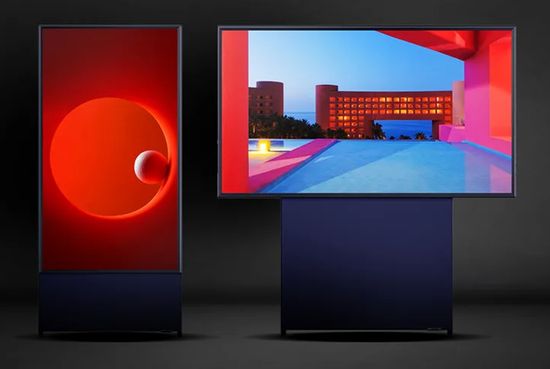
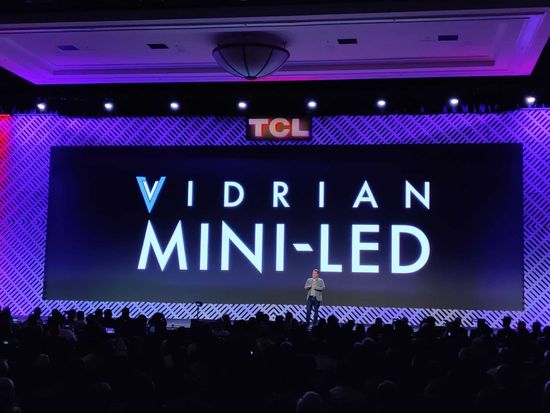
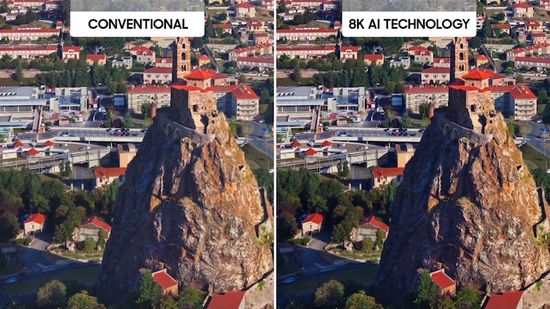
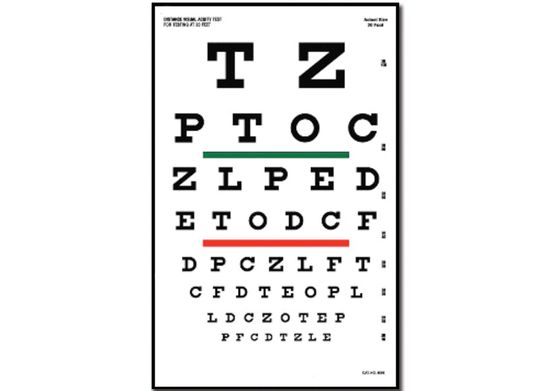

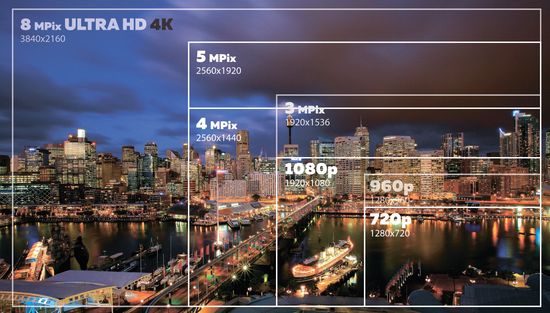
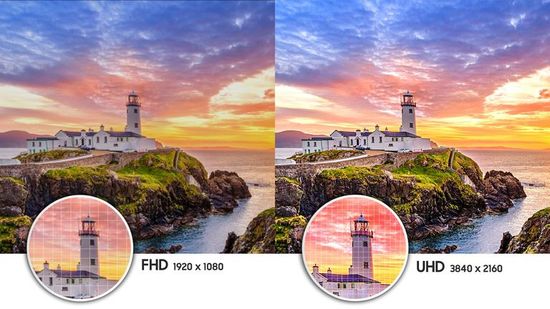
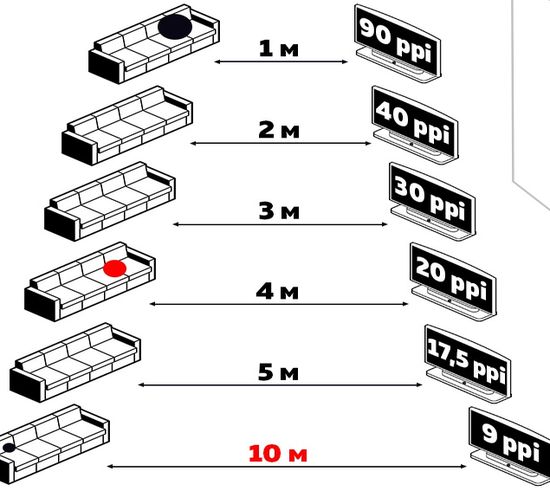
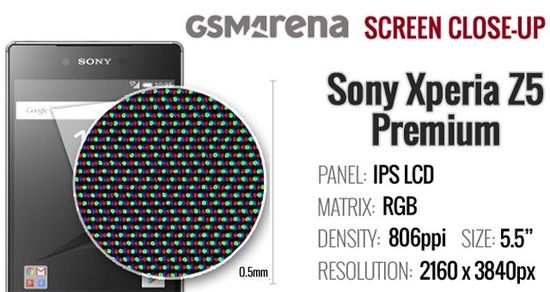
Pingback: Does blue light affect eye fatigue? - The Appliances Reviews
Pingback: Protection eyes when working with gadgets Review - The Appliances Reviews